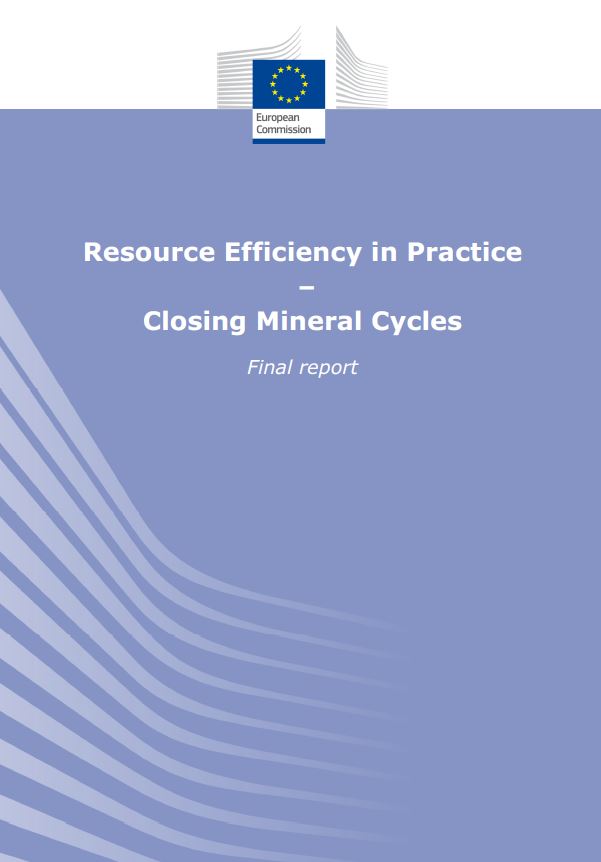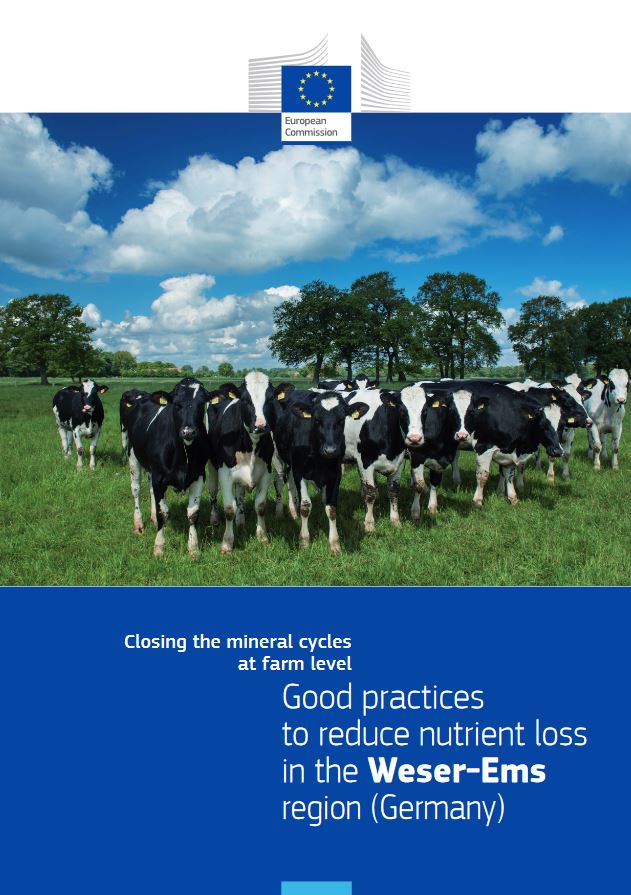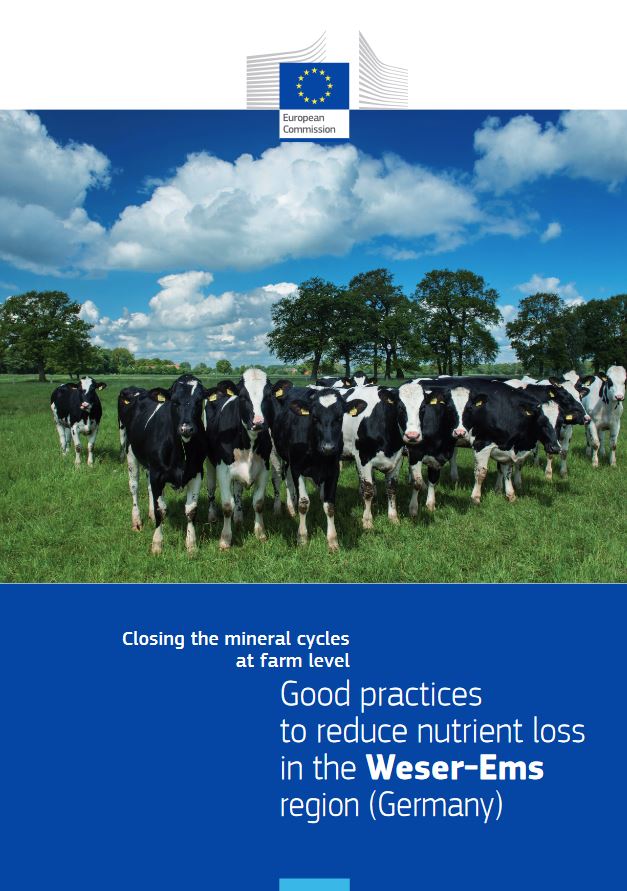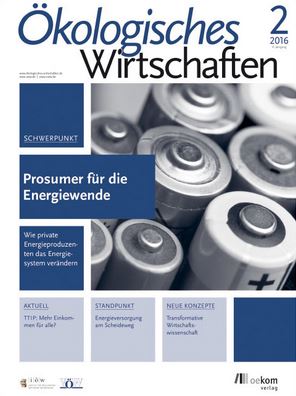Resource Efficiency in Practice – Closing Mineral Cycles
Final Report
- Publication
- Citation
Sarteel, Marion et. al. 2016: Resource efficiency in practice – Closing Mineral Cycle. Revised final report.
The issue of closing mineral cycles was analyzed in eight European regions and the results are presented in the report "Resource Efficiency in Practice – Closing Mineral Cycles". The authors of BIO IS, Ecologic Institute, AMEC, Danish Technical University, University of Milano and LEI, identified measures that support the closing of mineral cycles within the study regions. For each region, practical and strategic options to reduce the nutrient surplus further were derived. The report is available for download.
Nitrogen, phosphorus and potassium are essential for agricultural production as they nourish the crops and support soil productivity. However, if these nutrients are not taken up by plants, they run the risk of being lost in various ways (e.g. leaching, run-off, emissions). This results in heightened costs for the farming business, since the lost nutrients no longer enrich productivity. But also society needs to cope with additional costs to manage with nutrient surplus related environmental issues of eutrophication of waters and acidification of soils.
In particular, regions characterised by intense animal husbandry or fertiliser-intense arable farming are prone to nutrient surplus in soils. Nutrient surpluses violate against several EU policies, such as the Nitrates Directive and the Water Framework Directive, but also persist as extra costs for the individual farmer. The most cost-efficient methods of nutrient management needs to complement the agricultural system in place. Nutrient losses may be reduced while production remains cost-effective in cases where crop requirements, soil and weather conditions are well attuned. Thus, not only nutrient management is economized, but other costs such as fuel for a tractor, fertilizer-spreading equipment, labour costs etc. may be reduced or avoided entirely when fields are less frequently fertilised. A longstanding increased nutrient supply can furthermore result in a multiplication of costs, e.g. to avoid soil acidification liming need to be applied. Avoiding nutrient surplus and the linked consequences may thus positively affect agricultural production, as crop yields remain steady while soils remain healthy and fertile.
The management measures derived in the project are presented in a practice-oriented manner in eight region-specific leaflets that are also available in the respective language and can be downloaded here.







